Bharhut, a village of Satna district in Indian state of Madhya Pradesh, is famous for its 22 centuries old ruins of a Buddhist stupa. Discovered in late 19th century, Bharhut Stupa ruins carry many signs of great Mauryan and Shunga empire. The ruins represent the aniconic phase of Buddhist art. The stone railings, Torana (gate) and sculptures reflect unique artwork of classical era of Indian history. Buddha had been represented in the form of symbols.
Remnants of Bharhut looks very similar to the Stupa of Sanchi, the oldest stupa in India. The famous stupa of Bharhut was probably built in 3rd century BCE. Probably just after the great stupa of Sanchi. Many carvings of Bharhut had great similarities with pillars of Ashoka. So, many historians believe that Maurya King Ashoka (268-232 BCE) had probably built the Bharhut Stupa.
However, the carvings of the gates and railings points to post Mauryan period, during 2nd or 1st century BCE. Most likely, Shunga rulers had made these additions. However, historians believe Buddhist Shunga kings made significant additions to the Bharhut Stupa.
Discovery of ruins of Bharhut Stupa
Alexander Cunningham, a British army engineer, visited site of Bharhut ruins in 1873. Next year, he started excavating the site. Joseph David Beglar, who assisted Cunningham later and recorded the work through numerous photographs.
The discoveries like stone gate, railings and numerous sculptures survived from the ruins of Bharhut in good conditions.
Many of the Bharhut remains are visible at Bharhut Gallery of Indian Museum Kolkata. Municipal Museum of Allahabad also preserves many sculptural remains of Bharhut. The original site of Bharhut ruins, having hardly any items left, look like a relic mound. Freer Gallery of Arts of the National Museum of Asian Arts, Washington DC, United States also display few sculpture of Bharhut.
Gate and railings
The Buddhist stupa had four gates (Torana). But, only one gate survived and found from the excavation. The stone gate is still in good condition, preserved and exhibited at the Indian Museum of Kolkata.
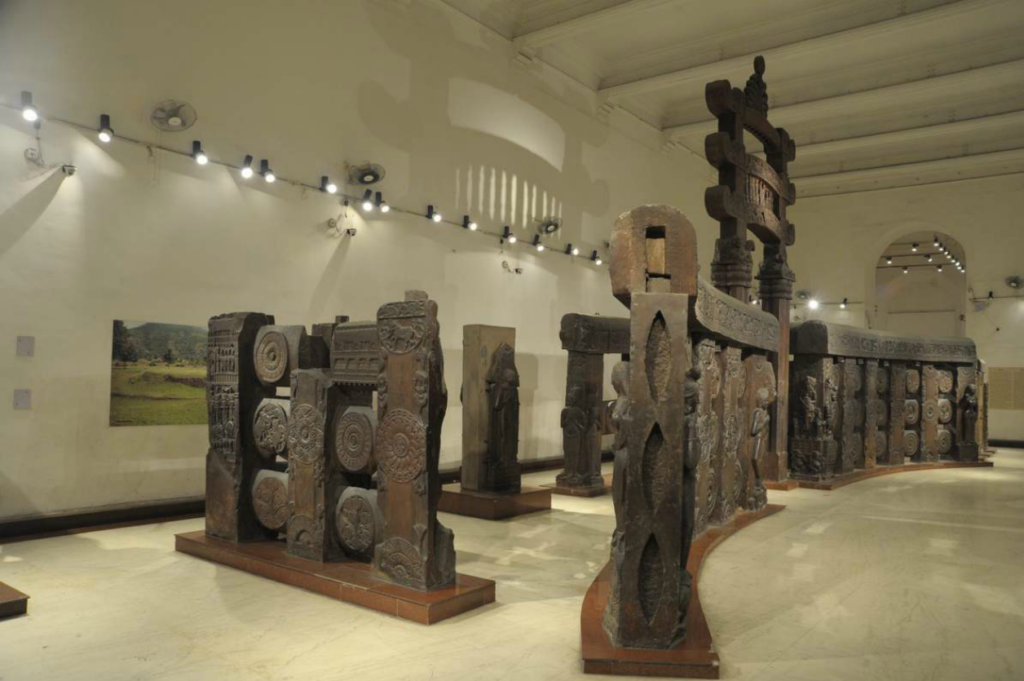
A large part of stone railings had been recovered though. Both the Torana and the railings have exquisite carvings, reflecting classic Shunga artistry. Railings are mostly decorated with medallions and lunates, mostly lotus ornament decorated at the center. However, sometimes, centered by heads of a man or woman as well.
A gateway pillar inscription of Bharhut uses an expression “Suganam Raje”, perhaps pointing to Shunga rule. The Bharhut inscription also mentions about Vatsiputra Dhanabhuti, a 2nd or 1st century BCE Buddhist King, as a prominent donor of Bharhut Stupa. However, Dhanabhuti was probably a non-Shunga Buddhist king of central India.
Bharhut sculptures
The gate and railings discovered from the ruins of Bharhut Stupa are richly decorated with amazing sculptures. Bharhut sculptural arts are one of the finest representations of primitive Buddhist art.



Sculptures of Bharhut remains depict standing figures of Yakshas and Yakshinis, Jataka tales, life of Buddha etc. Each sculpture had precise but elegant detailing of ornamentation. Similar sculptures are located throughout northern India. Historians therefore credit Bharhut style as the beginning phase of Buddhist art.

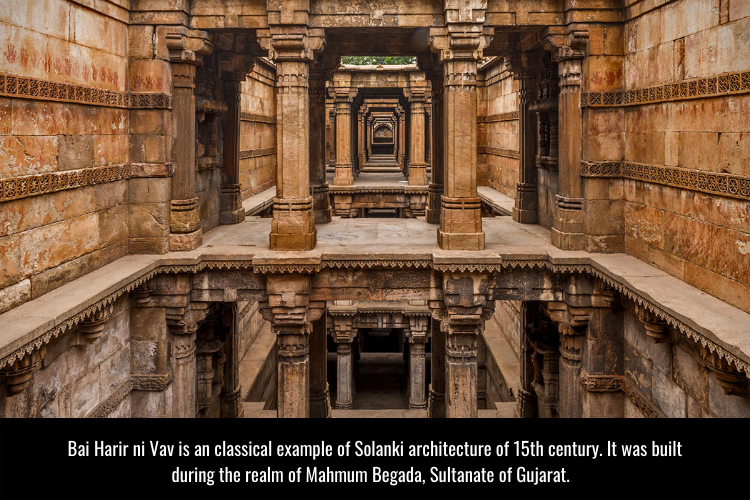
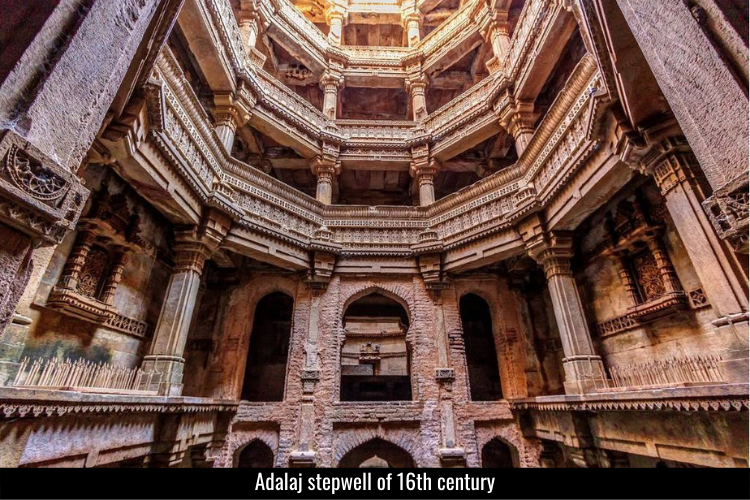
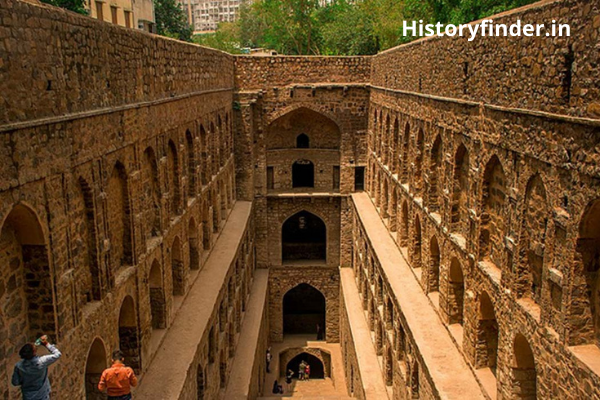
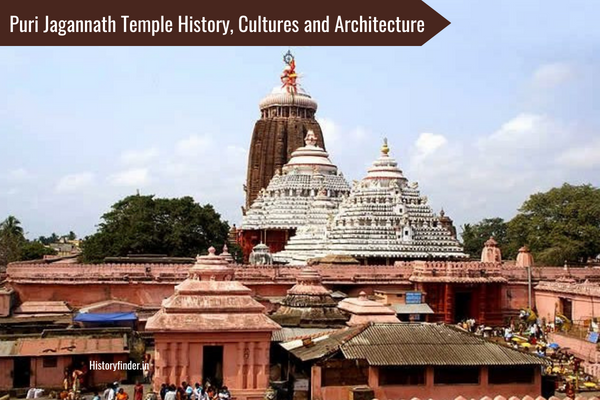
Pingback: Great Stupa of Sanchi: history and architecture - History Finder